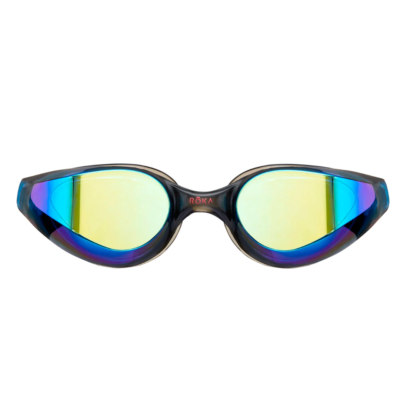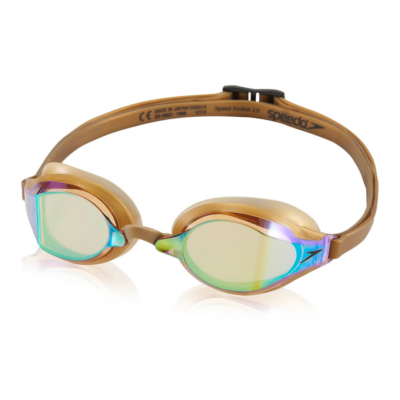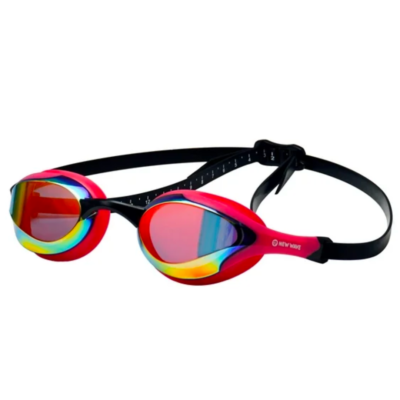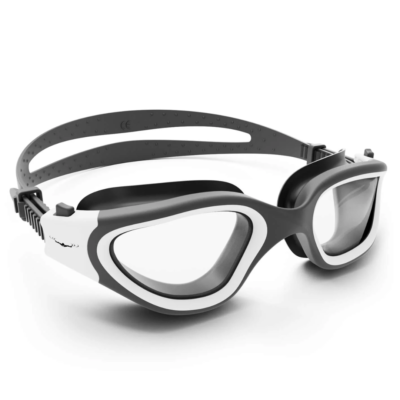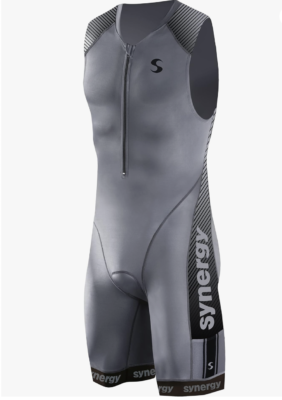What to pack: Triathlon Equipment Checklist
Preparing for a triathlon involves more than just physical training—it also requires careful planning and organization to ensure you have all the necessary equipment for race day. Whether you’re new to the sport or a seasoned pro, having a comprehensive packing list can help streamline your preparation process and alleviate any last-minute stress.
In this blog post, we’ll provide you with a detailed Triathlon Equipment Checklist to ensure you’re fully equipped and ready to tackle the CapTex Triathlon with confidence.
Triathlon Equipment Checklist:
Swim Gear:
- Swimsuit/Triathlon Suit
- Goggles (with spare pair)
- Swim Cap (provided by race)
- Wetsuit (if permitted or necessary)
- Anti-fog solution for goggles
- Towel (for drying off after the swim)
Bike Gear:
- Bike and Helmet Race Number Stickers (provided by race)
- Triathlon or Cycling Shorts
- Bike (in good working condition)
- Helmet (ANSI or Snell approved)
- Cycling Shoes (if wearing them)
- Socks (if wearing them)
- Sunglasses
- Water Bottles/Hydration System
- Bike Repair Kit (including spare tubes, tire levers, CO2 cartridges, etc.)
- Bike Computer/GPS Watch (optional)
Run Gear:
- Bib Number (provided by race)
- Running Shoes
- Running Shorts or Triathlon Suit
- Hat or Visor
- Sunscreen
- Energy Gels/Nutrition
Transition Area:
- Transition wristband (provided by race)
- Race Number Tattoos (provided by race)
- Transition Bag (to organize gear)
- Towel (to place under bike in transition area)
- Race Number Belt (for quick transition from bike to run)
- Timing Chip (provided by race)
Miscellaneous:
- Photo ID
- Race Confirmation/Registration Information
- Cash/credit card for emergencies
- Snacks/Food for pre and post-race fueling
- Portable Chair or Blanket (for post-race relaxation)
- Extra Clothes for after the race
- Waterproof Bag (for wet gear)
Final Tips:
- Double-check your equipment checklist to ensure you haven’t missed anything.
- Practice setting up your gear multiple times before race day and again the day before to ensure you have everything necessary for a successful race.
- Arrive at the race venue early to allow plenty of time for setup and pre-race preparations.
By following this comprehensive Triathlon Equipment Checklist, you can ensure you have all the necessary gear to tackle the CapTex Triathlon with confidence. Proper preparation and organization will not only streamline your race day experience but also enhance your overall performance. So pack your bags, double-check your checklist, and get ready to conquer the CapTex Triathlon!

